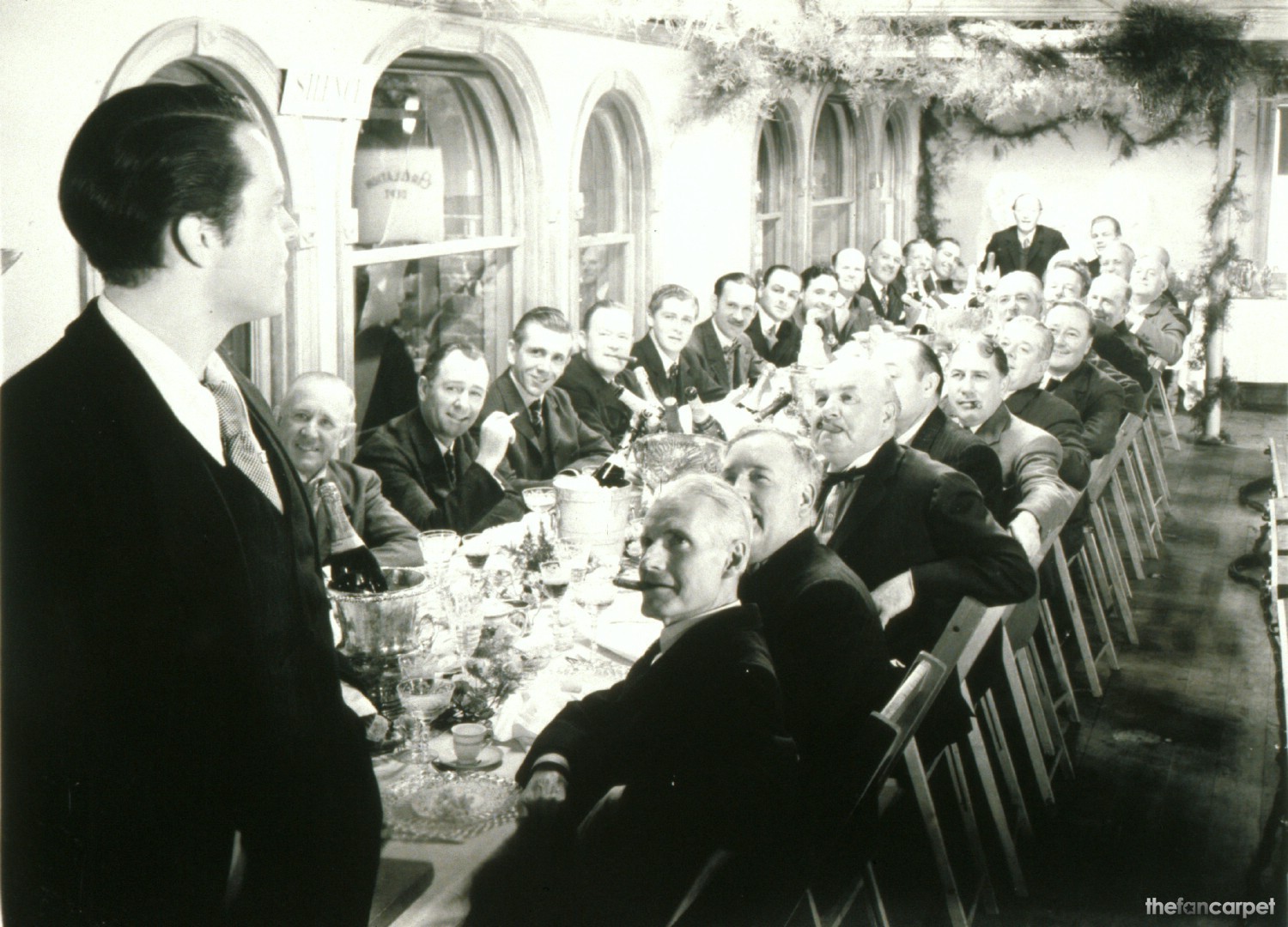SYNOPSIS
Citizen Kane is Orson Welles’s greatest achievement–and a landmark of cinema history. The story charts the rise and fall of a newspaper publisher whose wealth and power ultimately isolates him in his castlelike refuge. The film’s protagonist, Charles Foster Kane, was based on a composite of Howard Hughes and William Randolph Hearst–so much so that Hearst tried to have the film suppressed. Every aspect of the production marked an advance in film language: the deep focus and deeply shadowed cinematography (from Gregg Toland); the discontinuous narrative, relying heavily on flashbacks and newsreel footage (propelled by a script largely written by Herman L. Mankiewicz); the innovative use of sound and score (sound by Bailey Fesler and James G. Stewart, music composed and conducted by Bernard Herrmann); and the ensemble acting forged in the fires of Welles’s Mercury Theatre (featuring the film debuts of, among others, Joseph Cotten, Everett Sloane, and Agnes Moorehead). Every moment of the film, every shot, has been choreographed to perfection. The film is essential viewing, quite possibly the greatest film ever made and, along with THE BIRTH OF A NATION, certainly the most influential.


